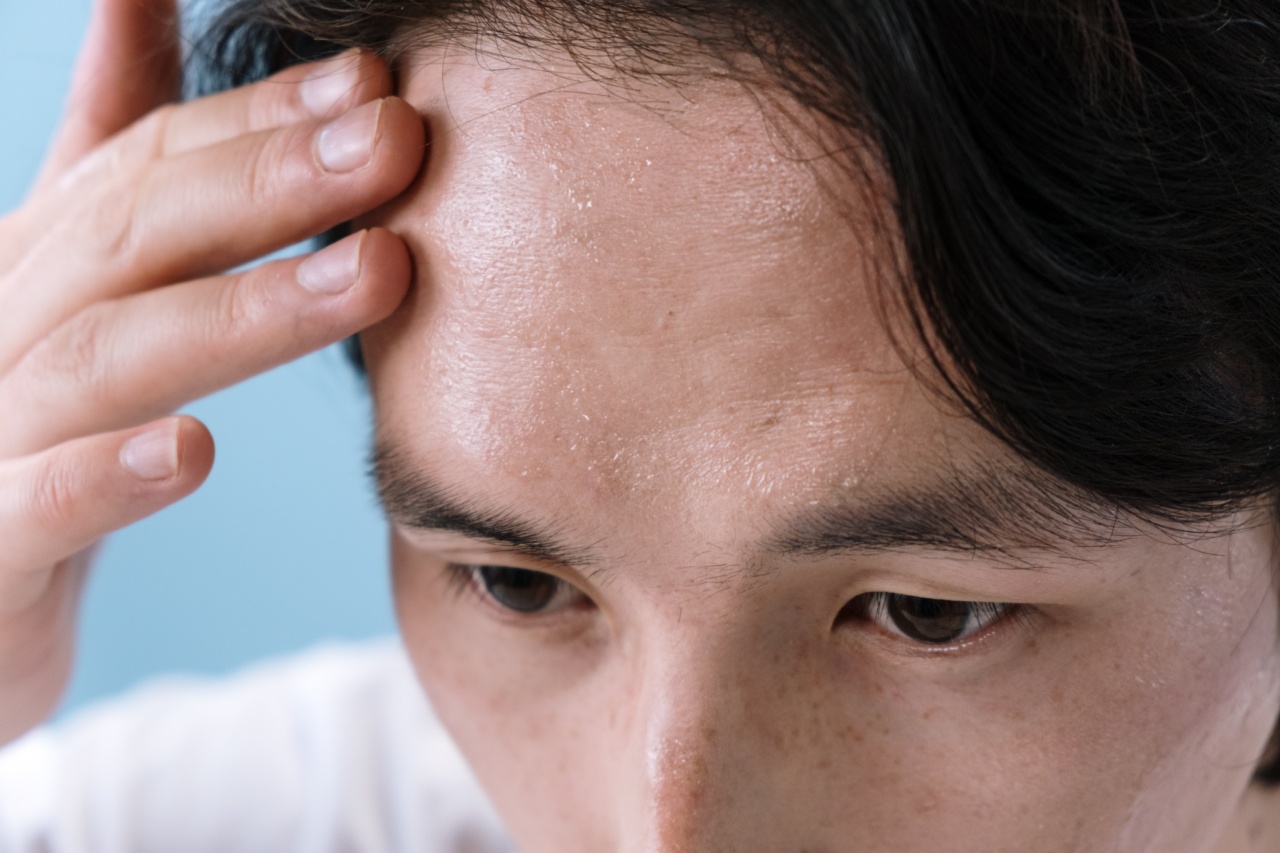Bacterial vaginosis (BV) is a common vaginal infection that occurs when there is an imbalance of bacteria in the vagina. While it is not considered a sexually transmitted infection (STI), certain sexual behaviors can increase the risk of developing BV.
In this article, we will explore the symptoms of BV and discuss the importance of early detection and treatment.
Understanding Bacterial Vaginosis
The vagina is home to a complex ecosystem of bacteria and other microorganisms. In a healthy vagina, there is a delicate balance between good and bad bacteria.
Lactobacilli, a type of naturally occurring bacteria, help maintain the pH balance and prevent the growth of harmful bacteria. However, when the balance is disrupted, an overgrowth of bad bacteria, such as Gardnerella vaginalis, can occur, leading to bacterial vaginosis.
Common Symptoms of Bacterial Vaginosis
Many women with bacterial vaginosis may not experience any symptoms. However, when symptoms do occur, they can include:.
- Foul odor: One of the most common symptoms is a strong, fishy odor that may be more noticeable after sex or during menstruation.
- Abnormal vaginal discharge: Women with BV may experience a thin, grayish-white discharge that is different from their usual discharge.
- Itching and irritation: Some women may experience itching, irritation, or discomfort in the vaginal area.
- Burning sensation during urination: BV can sometimes cause a burning sensation while urinating.
- Increased vaginal discharge: BV may cause an increase in the amount of vaginal discharge.
Factors That Increase the Risk of Bacterial Vaginosis
While the exact cause of bacterial vaginosis is unknown, certain factors can increase the risk of developing the condition. These risk factors include:.
- Sexual activity: Engaging in sexual activity, especially with a new partner or multiple partners, can disrupt the vaginal ecosystem and increase the risk of BV.
- Douching: Using vaginal douches or other products can upset the natural balance of bacteria in the vagina and lead to infection.
- Smoking: Smoking has been associated with an increased risk of bacterial vaginosis.
- Unprotected sex: Not using condoms during sexual intercourse can increase the risk of developing BV.
- Using certain hygiene products: Using scented soaps, bubble baths, or other products that contain harsh chemicals can disturb the natural balance of bacteria in the vagina.
The Importance of Early Detection and Treatment
If left untreated, bacterial vaginosis can lead to several complications. Pregnant women with BV are at an increased risk of preterm birth, low birth weight, and other pregnancy complications.
Additionally, BV can increase the risk of acquiring sexually transmitted infections, such as HIV, herpes, and chlamydia. Therefore, it is crucial to seek prompt medical attention if you suspect you may have BV.
Your healthcare provider can diagnose BV through a physical examination and a sample of vaginal discharge. Treatment usually involves the use of antibiotics, such as metronidazole or clindamycin, to restore the balance of bacteria in the vagina.
It is important to complete the full course of antibiotics as prescribed, even if symptoms improve, to prevent recurrence.
Preventing Bacterial Vaginosis
While it may not be possible to completely prevent bacterial vaginosis, there are steps you can take to reduce your risk:.
- Avoid douching: Douching disrupts the natural balance of vaginal bacteria and should be avoided.
- Practice safe sex: Using condoms consistently and correctly can reduce the risk of developing BV.
- Limit the number of sexual partners: Having multiple sexual partners increases the risk of BV.
- Avoid irritants: Avoid using harsh soaps, perfumes, or other products that may irritate the vaginal area.
- Maintain good hygiene: Keeping the genital area clean and dry can help prevent infections.
Conclusion
Recognizing the symptoms of bacterial vaginosis is crucial for early detection and treatment. If you experience any of the symptoms mentioned above, it is important to seek medical advice.
Remember to practice good vaginal hygiene, avoid douching, and practice safe sexual behaviors to reduce your risk of developing BV. By taking these preventative measures, you can help maintain a healthy vaginal ecosystem and reduce the likelihood of developing infections.





























